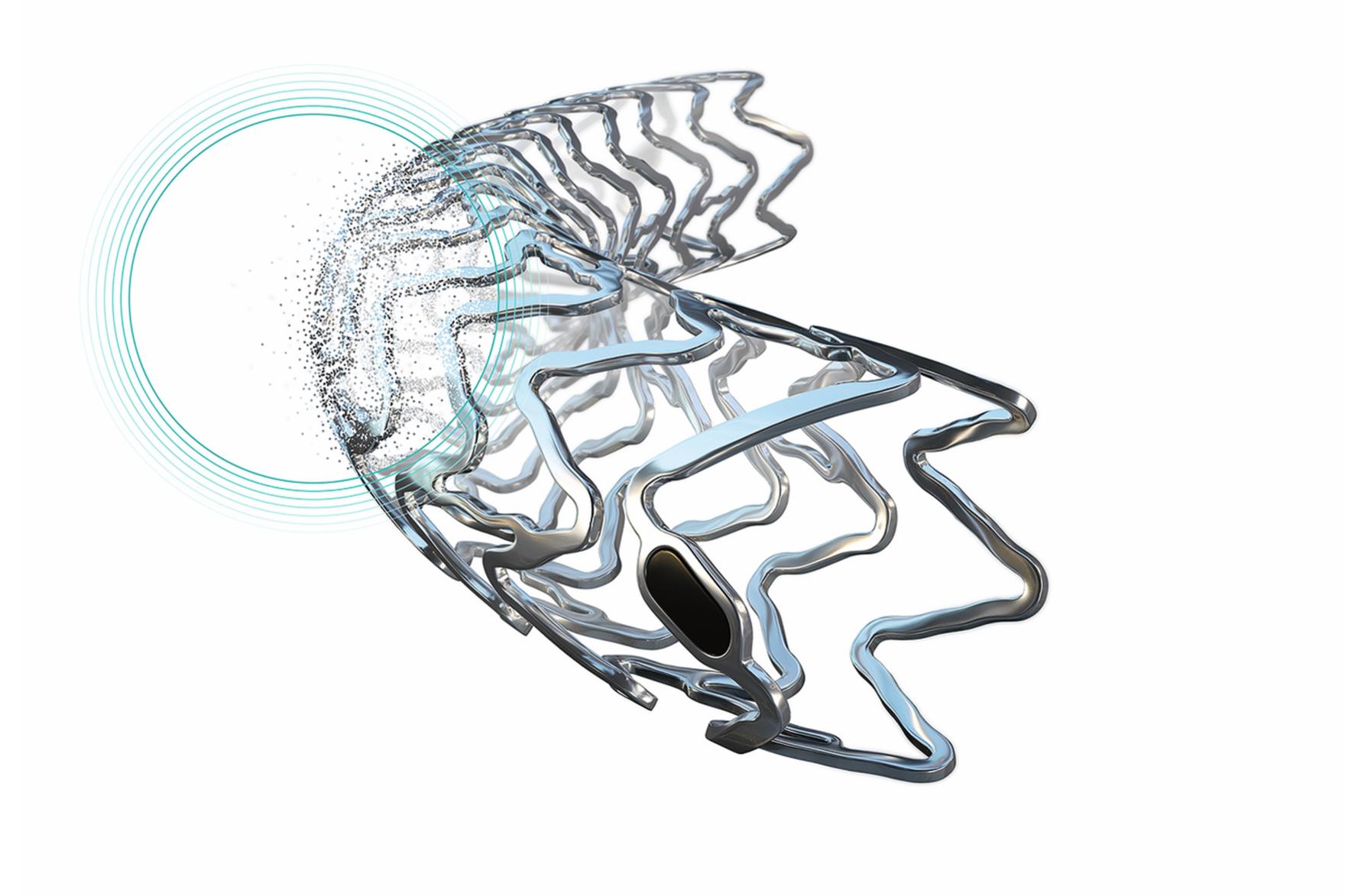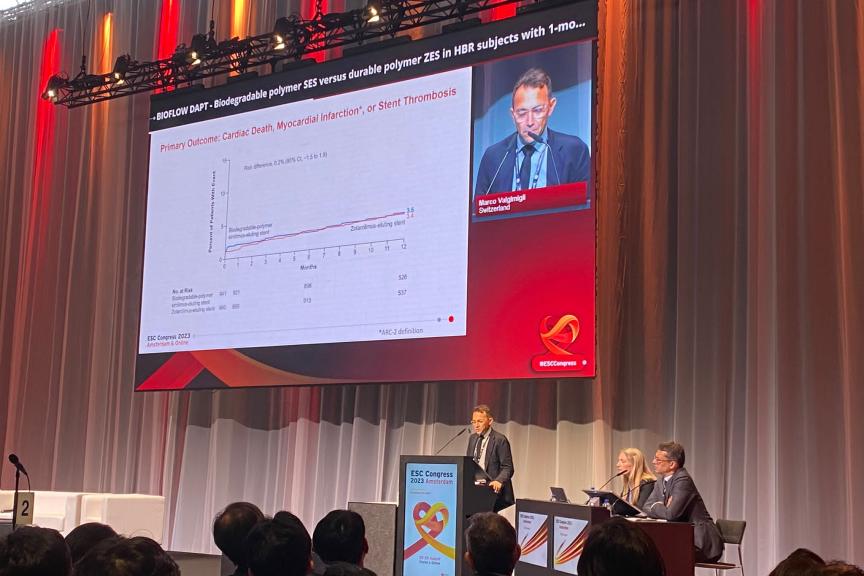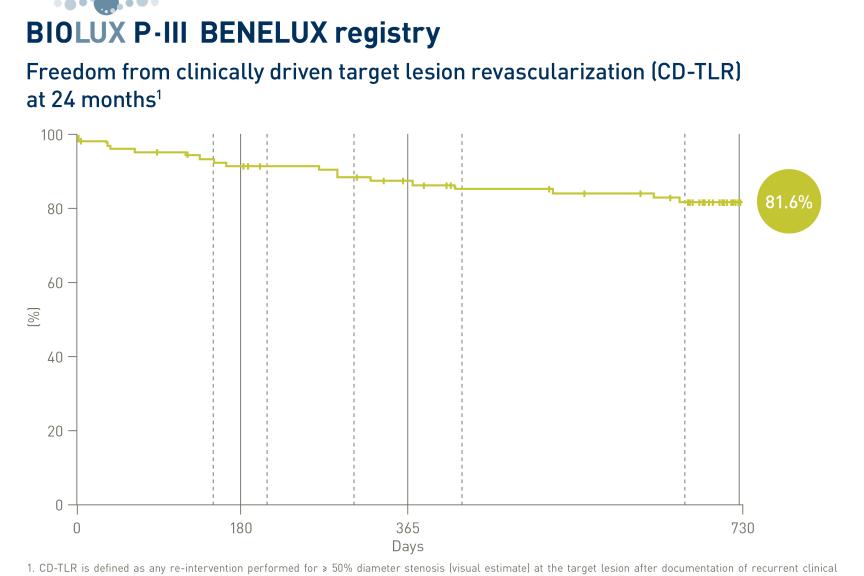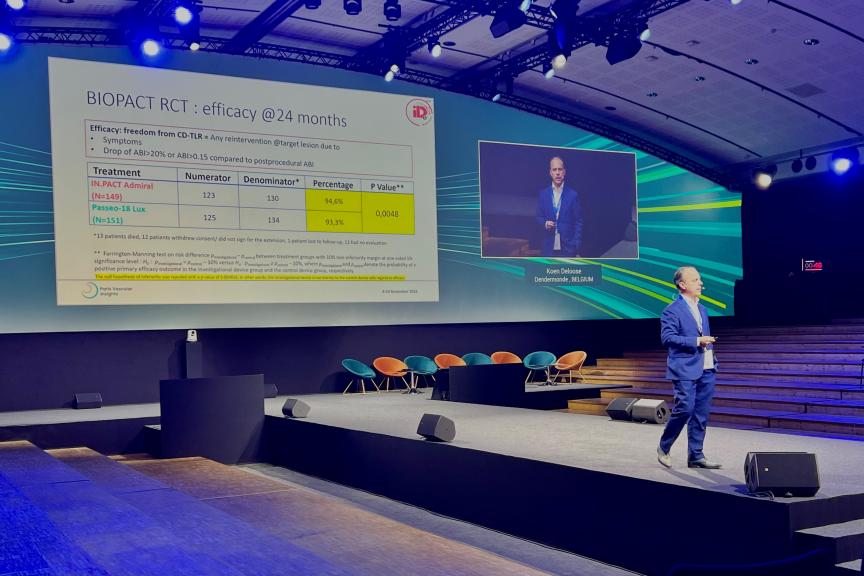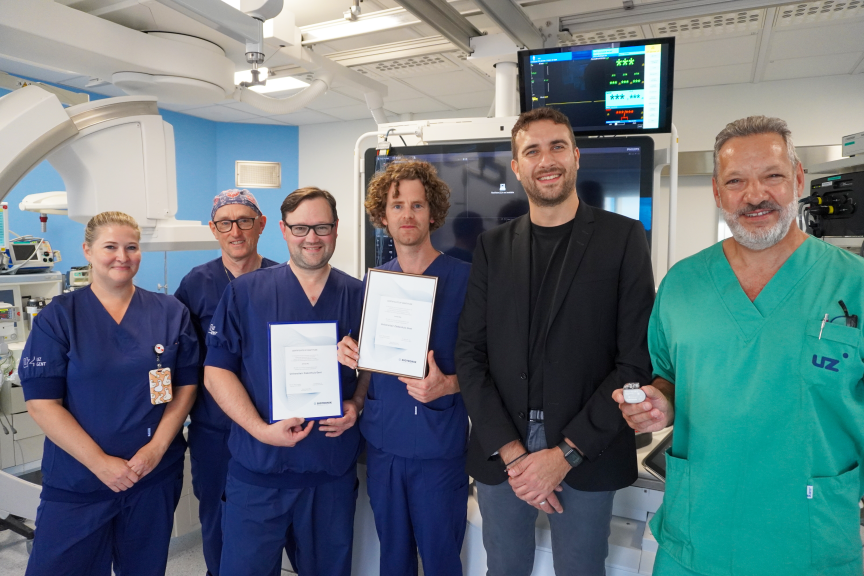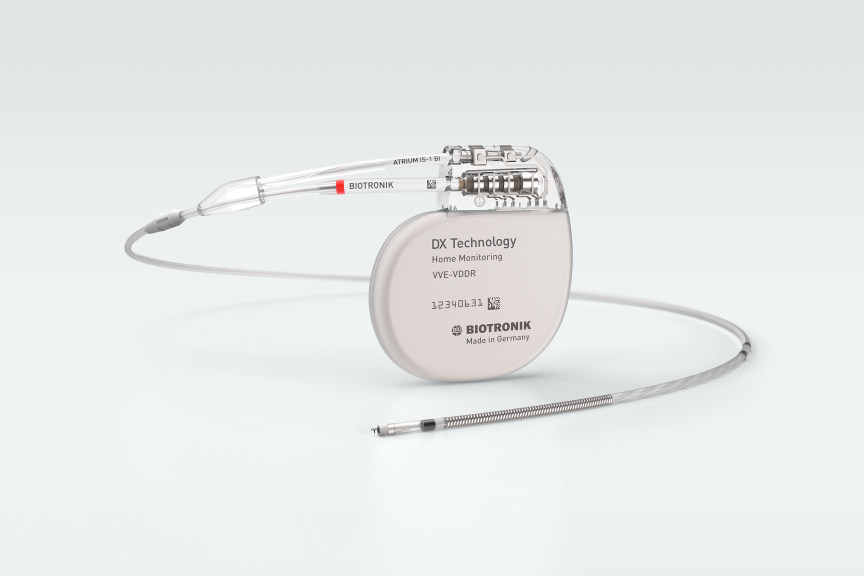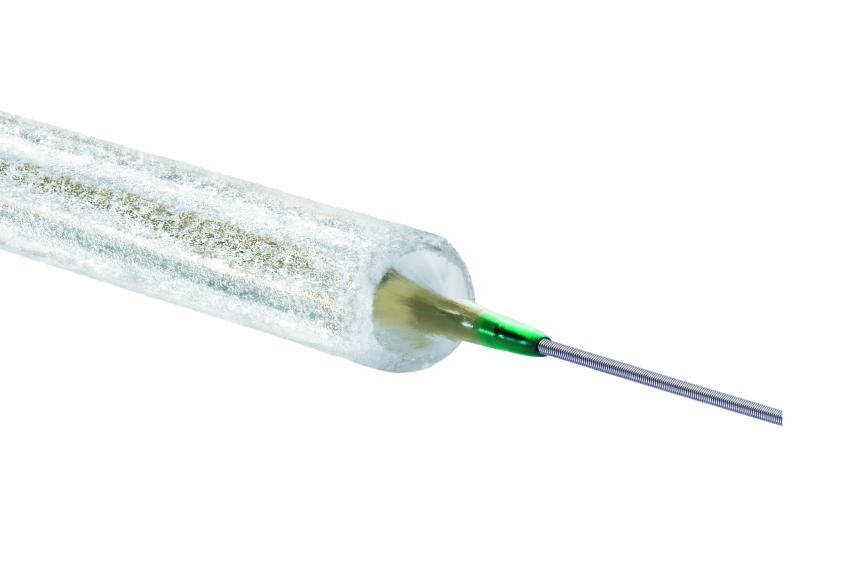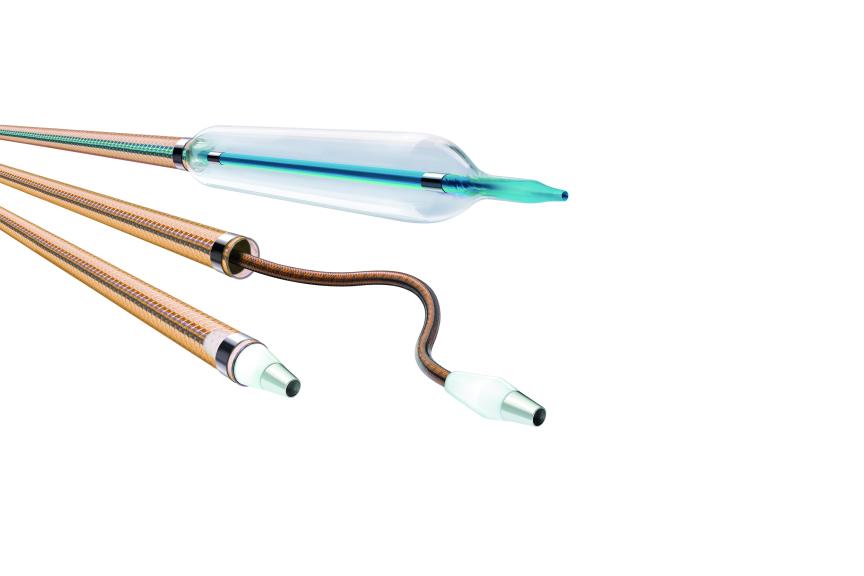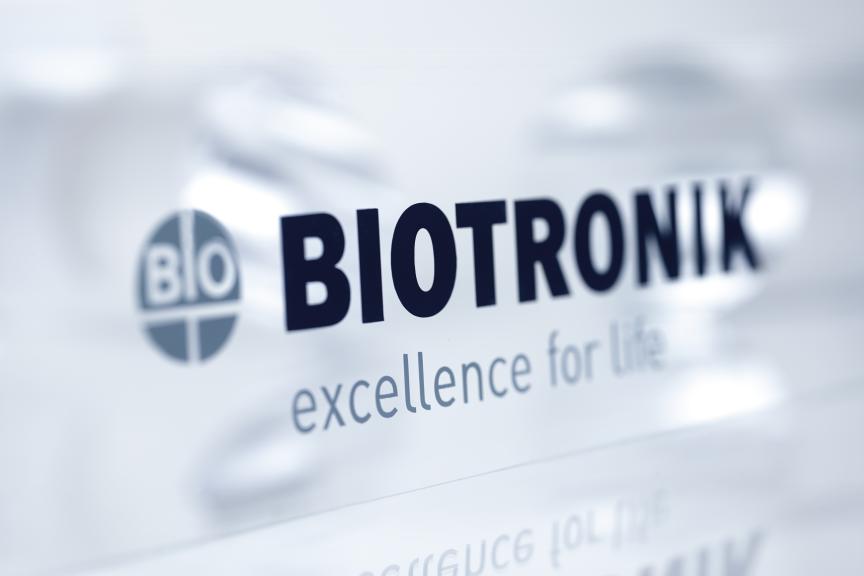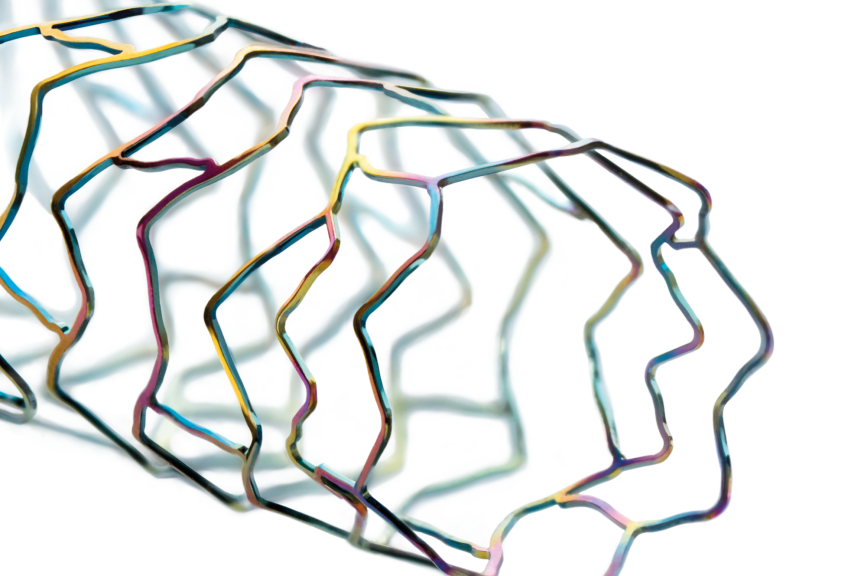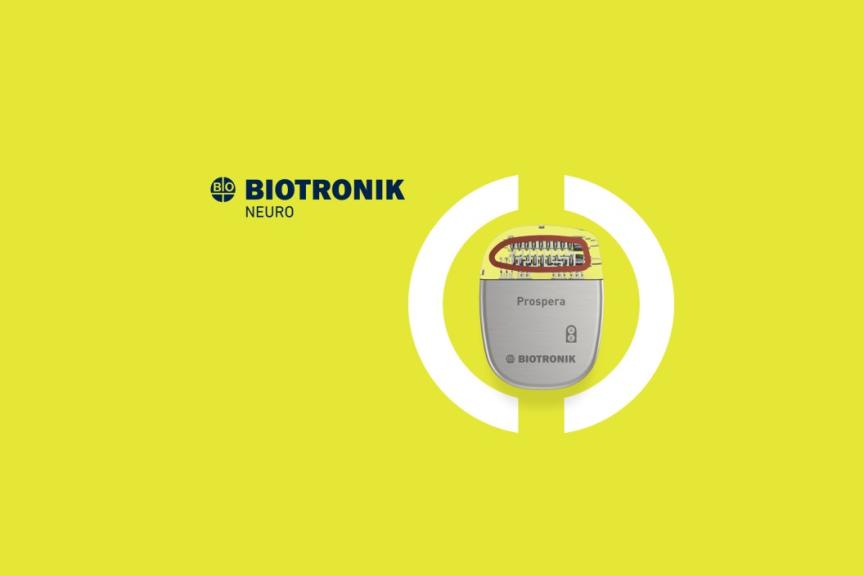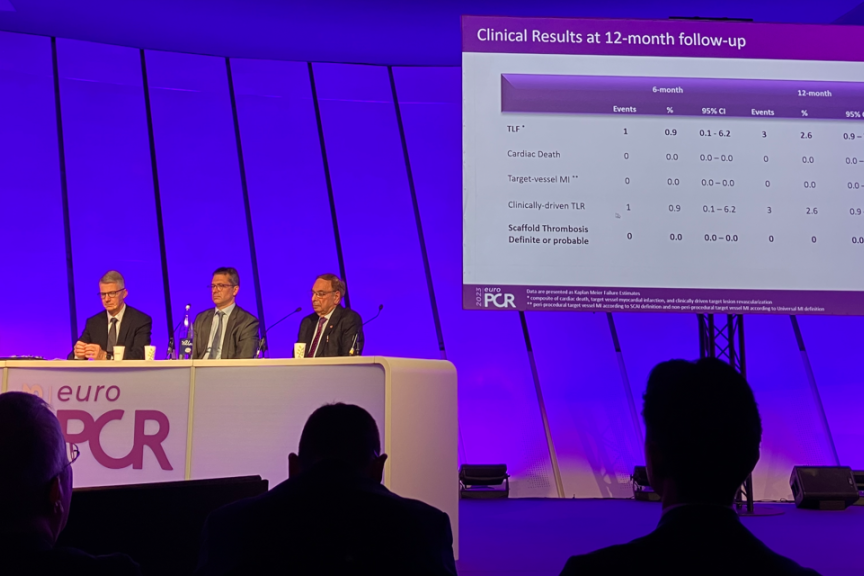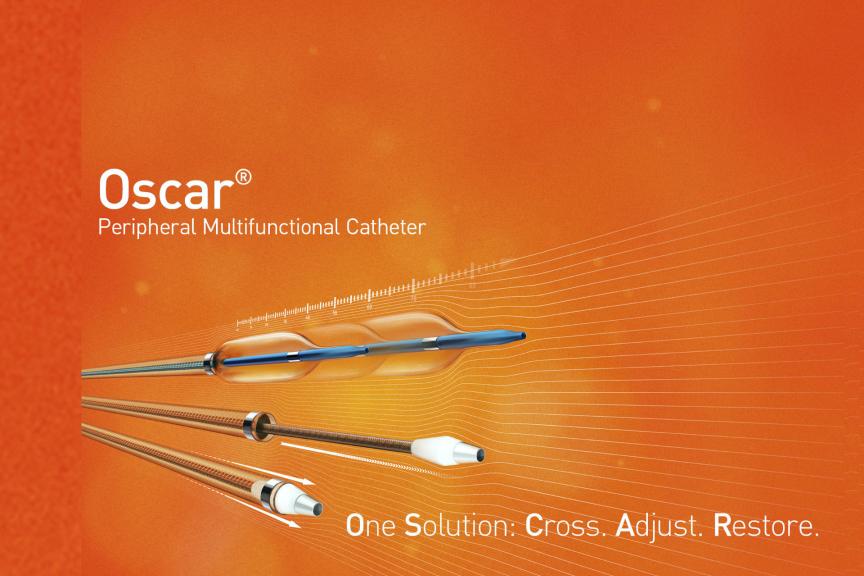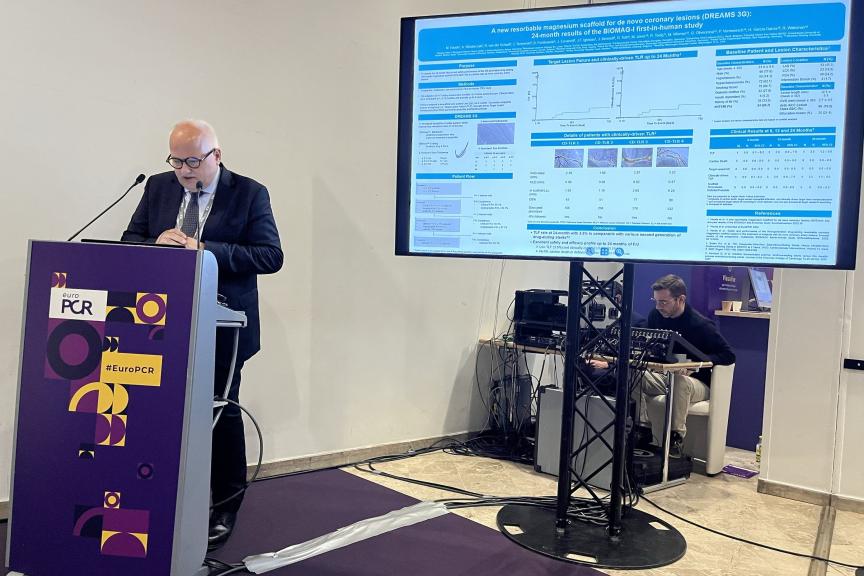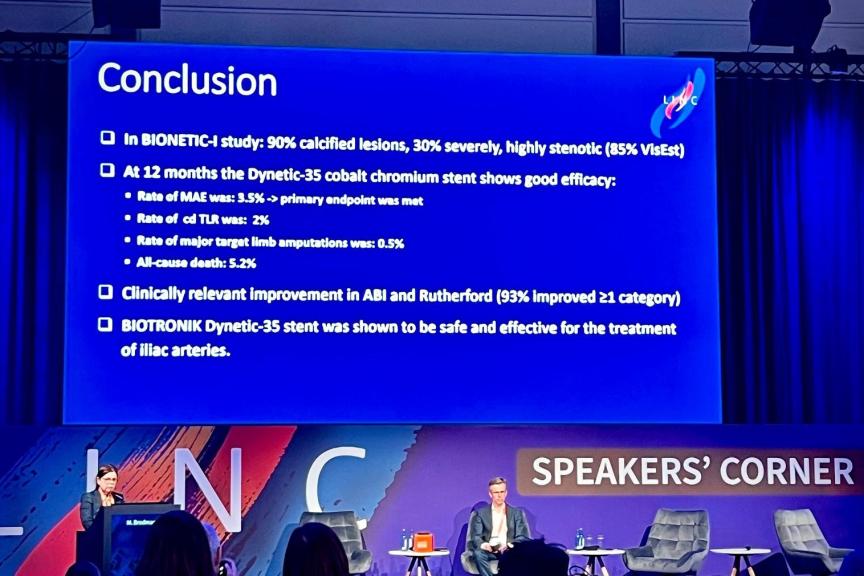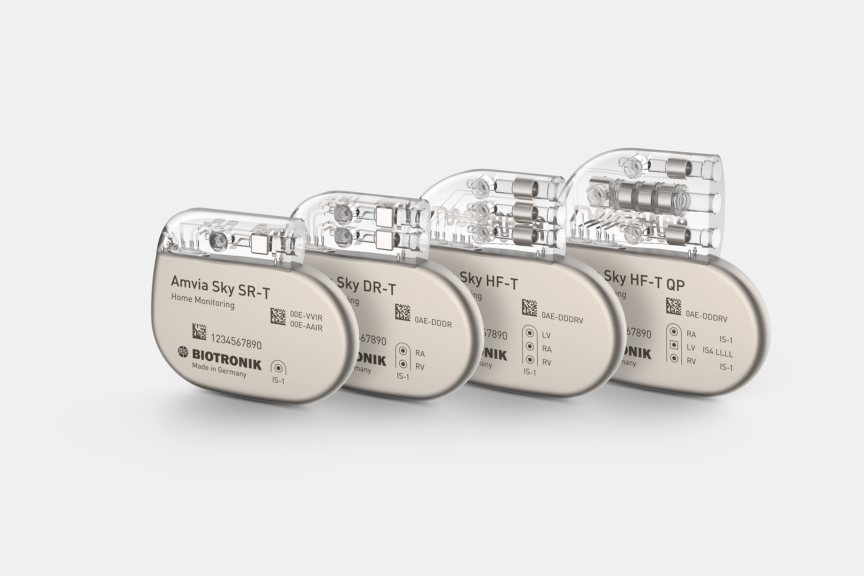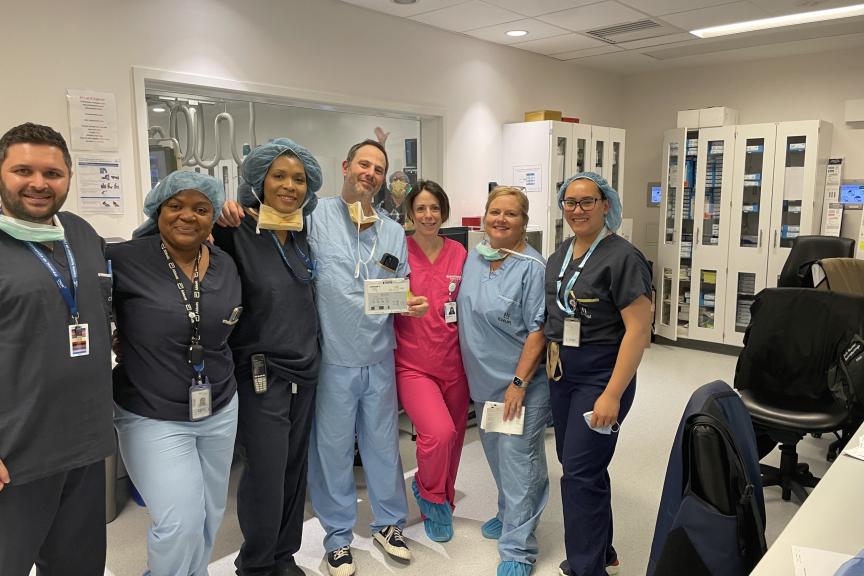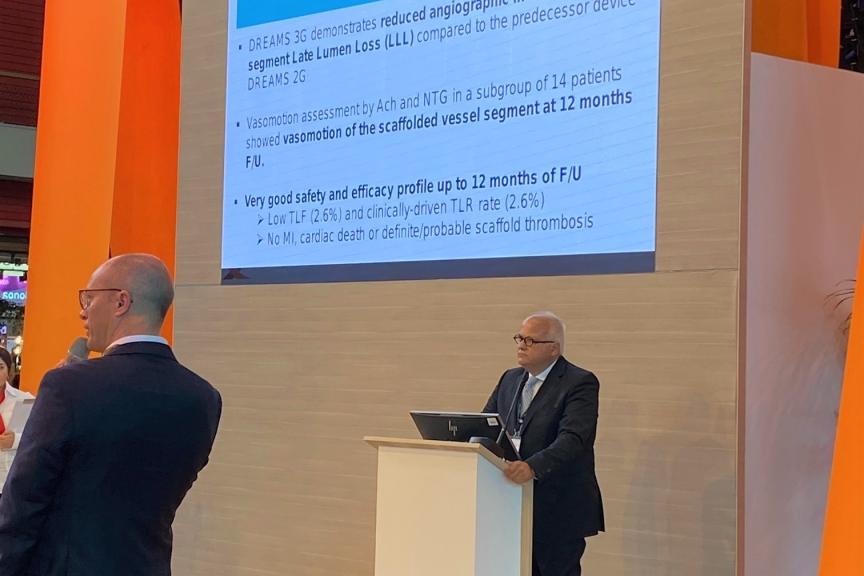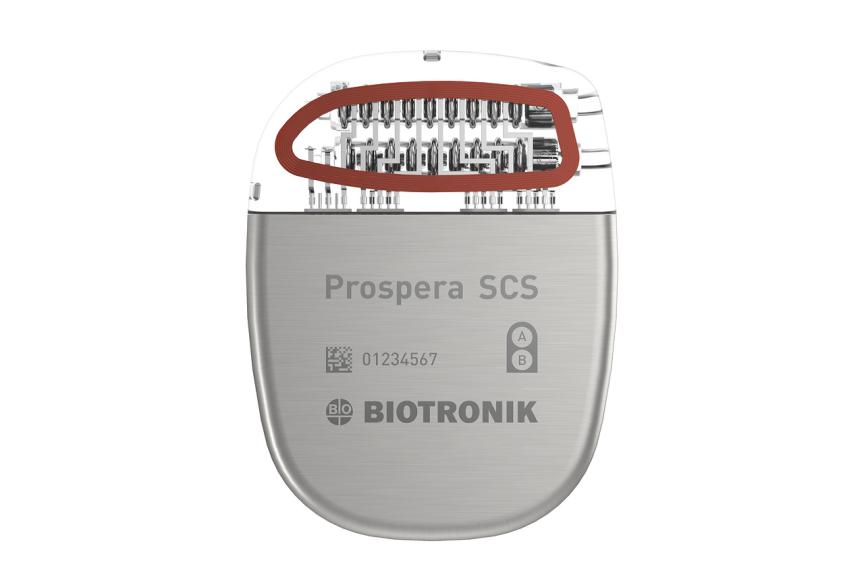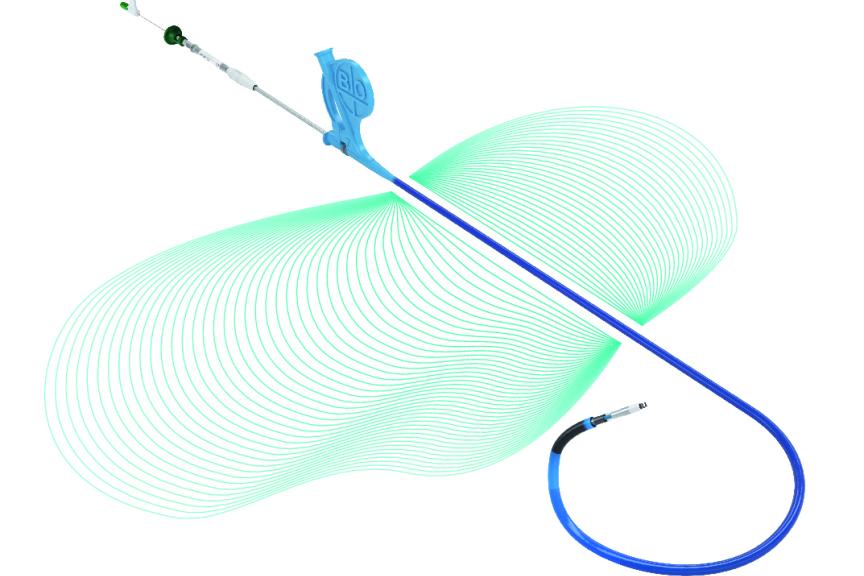New-Gen Resorbable Magnesium Scaffold Freesolve Enters BIOMAG-II Randomized Controlled Trial (RCT) First Patient Enrolled in RCT comparing BIOTRONIK’s scaffold to a contemporary drug-eluting stent (DES)
BIOTRONIK announced today the enrollment of the first patient in the BIOMAG-II trial aiming to evaluate the safety and clinical performance of its new-generation resorbable magnesium scaffold (RMS), Freesolve™, compared to a contemporary drug-eluting stent (DES).
"We are delighted to enroll the first patient in the BIOMAG-II trial, which may play a critical role in helping establish resorbable metallic scaffolds as part of clinical practice in the future and I am particularly encouraged by the implantation results of the Freesolve resorbable magnesium scaffold," said Dr. Juan F. Iglesias, HUG - University Hospital Geneva in Switzerland. "Resorbable scaffolds have shown potential in reducing long-term adverse events compared to DES, marking a significant advancement in vascular intervention. We finally have a scaffold that delivers on its promise."
The BIOMAG-II trial is a prospective, international multi-center randomized-controlled study spanning 21 countries across Europe and the Asia-Pacific region. With an enrollment target of 1,859 patients presenting with de novo coronary artery stenosis, the primary endpoint of the study is Target Lesion Failure (TLF) rate at 12 months. The United States IDE* study and further international studies are in the preparation phase and will build on our extensive RMS experience to bring this exciting technology to the US and other global markets.
“The BIOMAG-II study marks an exciting pivot point in how we treat patients with coronary artery disease, aiming to highlight the safety and effectiveness of our Freesolve resorbable magnesium scaffold. With solid clinical evidence at our core, we're dedicated to introducing innovative solutions that truly make a difference and enable patients to live an implant-free future,” said Prof. Dr. Georg Nollert, Vice President Medical Affairs, Vascular Intervention at BIOTRONIK.
Clinical follow-up visits will take place at one, six and 12-months and annually thereafter up to five-years post procedure. Previous BIOMAG-I study results demonstrated excellent outcomes with regards to late lumen loss and TLF at six and 12 months.1,2 OCT imaging confirmed that the Freesolve™ resorbable magnesium scaffold struts are no longer visible at 12 months after implantation and the magnesium is fully resorbed**3.
Prof. Dr. Michael Haude, Coordinating Clinical Investigator of the BIOMAG-I and II studies, will unveil the 24-month outcome data from BIOMAG-I at EuroPCR 2024.
-END-
References:
1. Haude M., et al, The Lancet eClinicalMedicine2023;59: 101940
2. Haude M., et al. A new resorbable magnesium scaffold for de novo coronary lesions (DREAMS 3G): one-year results of the BIOMAG-I first.in-human study. EuroIntervention 2023;19
3. Seguchi M., BIOMAG-I: Twelve-months vessel healing profile following the novel resorbable magnesium scaffold implantation: an intravascular OCT analysis of the BIOMAG-I trial, presented at ESC 2023.
*Caution: Investigational Device. Limited by United States Law to investigational use
**99.3% resorbed at 12 months (markers are not resorbable), based on clinical data.
Disclaimer:
Freesolve™ RMS is available in CE-mark accepting countries
Freesolve™ and BIOMAG are trademarks or registered trademarks of the BIOTRONIK Group of Companies.
For more information, please visit: Freesolve RMS
About BIOTRONIK:
At BIOTRONIK, patient well-being is our top priority and has been for 60 years. BIOTRONIK is a leading global medical technology company with products and services that save and improve the lives of millions suffering from heart and blood vessel diseases as well as chronic pain. Driven by a purpose to perfectly match technology with the human body, we are dedicated innovators who develop trusted cardiovascular, endovascular and neuromodulation solutions. BIOTRONIK is headquartered in Berlin, Germany, and is represented in over 100 countries.

